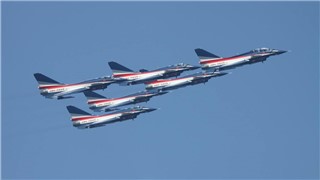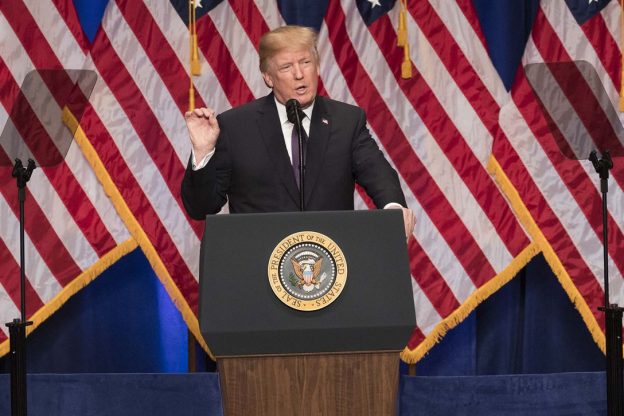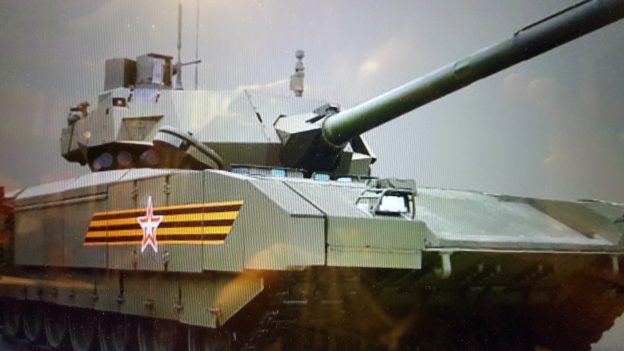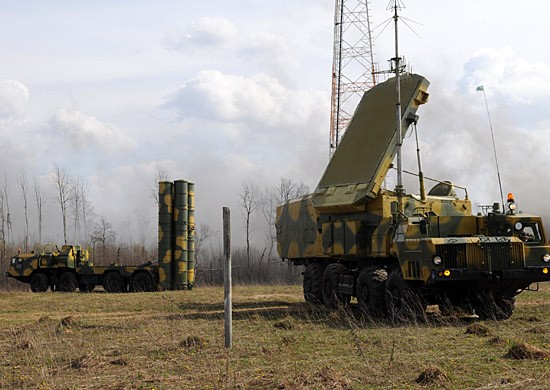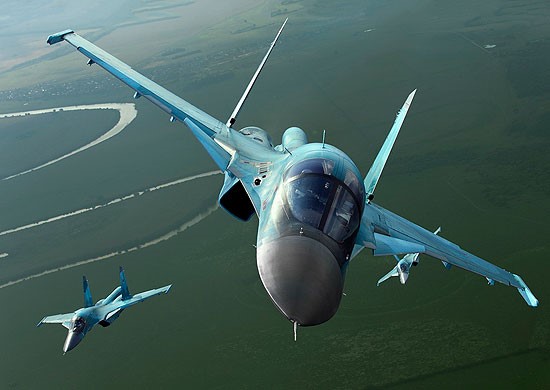The New York Analysis of Policy and Government continues its summary of the The U.S. Department of Defense’s annual examination of China’s military power. The second part of key sections of the Executive Summary is provided, below.
THE U.S.-CHINA BILATERAL DEFENSE RELATIONSHIP IN CONTEXT
The 2017 National Security Strategy, the 2018 National Defense Strategy, and the 2018 Nuclear Posture Review recognize the growing trend of military competition in a dynamic security environment. The United States will continue to seek areas of cooperation with competitors, while preserving the ability to compete successfully from a position of strength. The United States seeks a constructive and results- oriented relationship with China. U.S. defense contacts and exchanges conducted in 2017 were designed to support overall U.S. policy and strategy toward China. They are carefully tailored to clarify and develop areas of cooperation where it is in our mutual interest and to manage and reduce risk; contacts are also conducted in accordance with the statutory limitations of the National Defense Authorization Act for Fiscal Year 2000.
While the Department of Defense engages substantively with the People’s Liberation Army, DoD will also continue to monitor and adapt to China’s evolving military strategy, doctrine, and force development, and encourage China to be more transparent about its military modernization. The United States will adapt its forces, posture, investments, and operational concepts to ensure it retains the ability to defend the homeland, deter aggression, protect our allies and partners, and preserve regional peace, prosperity, and freedom.
SPECIAL TOPIC: OVERWATER BOMBER OPERATIONS
The PLA has long been developing air strike capabilities to engage targets as far away from China as possible. Over the last three years, the PLA has rapidly expanded its overwater bomber operating areas, gaining experience in critical maritime regions and likely training for strikes against U.S. and allied targets. The PLA may continue to extend its operations beyond the first island chain, demonstrating the capability to strike U.S. and allied forces and military bases in the western Pacific Ocean, including Guam. Such flights could potentially be used as a strategic signal to regional states, although the PLA has thus far has not been clear what messages such flights communicate beyond a demonstration of improved capabilities.
Western Pacific. PLA aircraft first operated beyond the first island chain in 2013, when a PLAN ASCM- capable H-6G bomber transited through the Bashi Channel; however, the H-6G bomber lacks the range and endurance to patrol the western Pacific Ocean effectively and strike key U.S. and allied facilities. China began to field the longer-range H-6K bomber in 2013, incorporating cruise missile pylons to turn the bomber into a stand-off strike platform. The H-6K’s capabilities provided the PLAAF an offensive strike capability against Guam with LACMs.
The PLAAF began flying the H-6K past the First Island Chain into the western Pacific Ocean in 2015, alternating transits through the Miyako Strait and the Bashi Channel and flying within LACM range of Guam. In 2016, the PLAAF improved its capabilities by adding AWACS and fighter aircraft to its bomber flight packages to provide defensive counter-air protection of the bombers beyond the first island chain.
In 2016, the PLAAF also circumnavigated Taiwan for the first time by passing through both the Miyako Strait and Bashi Channel in the same mission, and significantly increased the number of circumnavigation missions in 2017. In addition to long-range flight plans, future H-6 missions may also target Taiwan. Depending on the weapons load, potential future H-6 missions could include anti- ship or shorter-range strikes targeting eastern Taiwan from all directions or supporting a blockade. Currently, such missions are vulnerable without defense counter-air support provided by fighters traveling along the route with the bombers.
South China Sea. In 2016, China began flying H-6K missions in the South China Sea, probably as far as Scarborough Reef, conducting maritime patrols and ISR. H-6s could, if deployed to airfields in the Spratly Islands, extend their range through the Balabac Strait into the Celebes Sea or through the Sunda or Malacca Strait to fly into the Indian Ocean.
Sea of Japan. In August 2016, two PLAN H-6 bombers accompanied by a Y-8 AEW&C aircraft conducted the first PLA flights into the Sea of Japan. In January 2017, they flew the same route, this time with six bombers supported by two reconnaissance aircraft. In August 2017, the PLAAF further expanded the PLA’s operating area by sending six PLAAF H-6K bombers through the Miyako Strait, and for the first time, turned north to fly east of Okinawa and as far north as the Kii Peninsula. These flights demonstrated a maturing capability for H-6K bombers to conduct off-axis strikes against U.S. and allied facilities. Previously demonstrated flight endurance of the PLAAF H-6K suggest future missions could fly around Japan, along the Philippines’ coast, and use a wider area of operations throughout the Philippine Sea than current operations by Chinese aircraft.
Photo: Chinese forces train for amphibious attacks. (Chinese Ministry of Defense)

